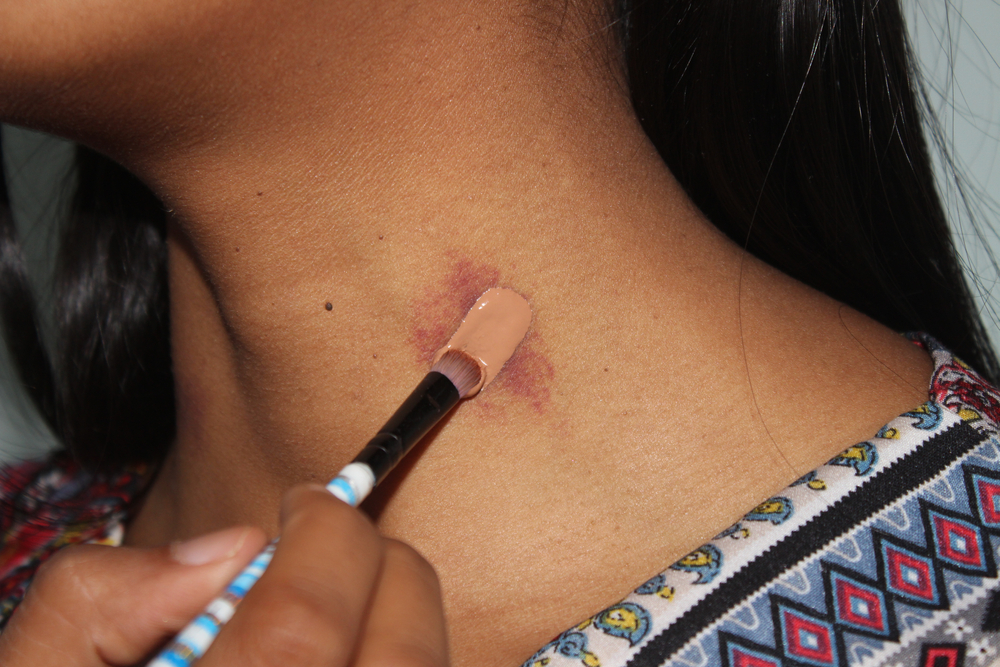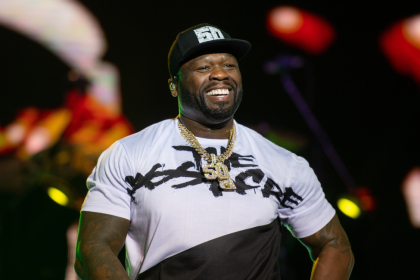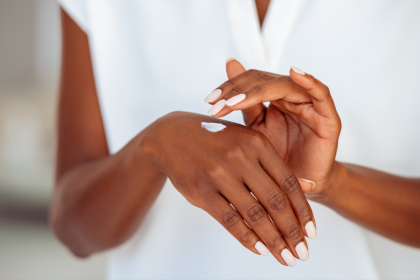Love bites reveal way more than you think about romance and biology
Those purple marks on your neck might seem like simple tokens of passion, but hickeys pack surprising scientific secrets that’ll blow your mind. From ancient evolutionary behaviors to modern relationship psychology, these love marks tell stories that go far beyond bedroom antics.
Whether you’re team hickey or desperately googling removal hacks, understanding what’s really happening when lips meet skin reveals fascinating truths about human nature, biology, and romance that most people never consider.
The wild evolutionary backstory
Humans didn’t invent the hickey game out of nowhere. Our romantic marking behavior mirrors patterns found throughout the animal kingdom, where physical marking serves crucial social functions. Primates, big cats, and canines all engage in similar behaviors during courtship and bonding rituals.
This instinctual behavior taps into deep-rooted evolutionary programming that connects physical marking with emotional bonding. When humans give hickeys, they’re basically following ancient biological scripts that have helped species form pair bonds for millions of years.
The practice transcends cultures and time periods, appearing in various forms across different civilizations. Archaeological evidence suggests marking behaviors existed in ancient societies, proving this isn’t just some modern teenage trend but a fundamental aspect of human romantic expression.
The sneaky psychology behind territorial marking
Beyond simple affection, hickeys often function as subtle territorial markers in relationships. The visible nature of these marks sends clear social signals about relationship status and emotional claims between partners.
Location matters enormously in hickey psychology. Marks placed on highly visible areas like the neck communicate different messages than those hidden under clothing. The giver’s choice of placement often reflects their desire for public acknowledgment of the relationship.
Power dynamics in play
Relationship experts note that hickey-giving can reveal underlying power structures between partners. The act of marking requires submission from the receiver and demonstrates control from the giver, creating temporary dominance exchanges that many couples find emotionally satisfying.
Some people use hickeys as passive-aggressive communication tools, leaving marks when they feel insecure about their partner’s attention or commitment. This behavior often stems from deeper relationship anxieties rather than simple playfulness.
The crazy science of skin damage
Medically speaking, hickeys represent controlled trauma to capillaries beneath the skin’s surface. The suction or biting pressure causes tiny blood vessels to rupture, creating the characteristic purple-red discoloration that defines these marks.
The healing process involves your body’s natural bruise recovery mechanisms. White blood cells rush to the area to clean up damaged tissue, while new capillaries slowly regenerate to replace the broken ones. This explains why it change colors as they heal, shifting from deep purple to green, yellow, and finally disappearing.
Individual healing variations
Not everyone heals hickeys at the same rate. Factors like age, skin thickness, circulation quality, and overall health significantly impact recovery time. Younger people with better circulation typically see faster healing, while older individuals might notice marks lingering longer.
People with certain medical conditions or those taking specific medications may experience prolonged healing times. Blood thinners, in particular, can extend hickey duration by interfering with normal clotting processes.
Temperature tricks and healing hacks
Strategic temperature application can dramatically influence hickey healing speed. Ice application within the first 24 hours helps minimize initial swelling and reduces the mark’s intensity by constricting blood vessels.
After the initial ice phase, switching to warm compresses encourages blood flow to the area, helping your body clear away damaged tissue more efficiently. This two-phase approach maximizes your body’s natural healing processes.
Natural remedies that actually work
Certain household items can boost hickey recovery. Vitamin K cream, commonly used for bruise treatment, helps break down blood clots under the skin. Aloe vera provides anti-inflammatory benefits that can reduce swelling and discomfort.
Gentle massage techniques, when applied correctly, can help disperse pooled blood and encourage lymphatic drainage. However, aggressive rubbing can worsen the damage, so technique matters significantly.
Diet’s surprising role in hickey duration
Your eating habits directly influence how quickly hickeys heal. Foods rich in vitamin C boost collagen production, which helps repair damaged skin tissue more efficiently. Citrus fruits, berries, and dark leafy greens can accelerate recovery.
Conversely, foods with natural blood-thinning properties might prolong hickey visibility. Garlic, ginger, and turmeric all contain compounds that affect blood clotting, potentially extending the time needed for complete healing.
Hydration’s hidden impact
Proper hydration plays a crucial role in hickey recovery that most people overlook. Well-hydrated skin heals more efficiently, while dehydration can slow down the cellular repair processes needed to clear away damaged tissue.
Dangerous myths and real risks
Despite persistent internet rumors, hickeys cannot cause cancer. This myth likely stems from misunderstanding about how skin trauma works. Normal hickeys pose no cancer risk and don’t damage DNA in ways that could trigger malignant changes.
However, hickeys aren’t completely risk-free. Broken skin from aggressive marking can create infection opportunities, particularly if oral hygiene is poor. Additionally, extremely forceful hickeys on the neck area could theoretically affect blood flow, though this remains extremely rare.
When to worry about complications
Most hickeys heal without issues, but certain warning signs warrant medical attention. Excessive swelling, signs of infection, or marks that worsen rather than improve over time should be evaluated by healthcare professionals.
Dreams and psychological symbolism
Hickey dreams often reflect complex emotional states rather than literal desires. Dream analysts suggest that receiving hickeys in dreams might symbolize feelings of being emotionally marked or claimed by someone in waking life.
These dreams can also represent concerns about reputation, visibility of private relationships, or anxiety about how others perceive your romantic choices. The psychological symbolism often relates more to emotional vulnerability than physical intimacy.
The pleasure-pain connection
Neuroscience reveals why some people find hickey-giving pleasurable despite the discomfort involved. Pain and pleasure signals process through similar brain pathways, creating opportunities for cross-wiring that can make mild pain feel enjoyable in intimate contexts.
This neurological overlap explains why hickeys can enhance romantic experiences for some couples while feeling purely uncomfortable for others. Individual brain chemistry significantly influences these responses.
Cultural perspectives and social stigma
Different cultures view hickeys with varying levels of acceptance. While some societies embrace visible marks of affection, others consider them inappropriate or unprofessional displays that should remain private.
Workplace policies increasingly address visible hickeys as potential professionalism issues, reflecting changing social attitudes about appropriate public displays of romantic activity.
The stigma surrounding hickeys often reflects broader cultural tensions between sexual expression and professional expectations, creating complicated navigation challenges for people who enjoy this form of intimate marking.
Understanding hickeys reveals wild intersections between biology, psychology, and culture that most people never consider. These seemingly simple marks represent complex human behaviors with deep evolutionary roots and significant social implications that continue shaping modern relationships.
















